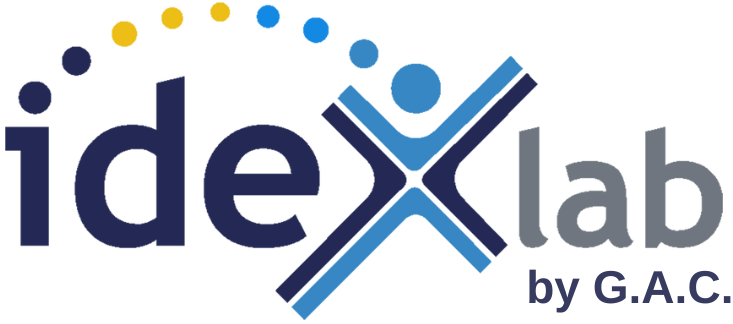Tour d’horizon de l’Open Innovation actuellement
Success in Open Innovation – About 90% of companies consider that they innovate too slowly, and 80 to 90% of open innovation initiatives remain in the study stage and do not lead to concrete implementation.
In the gigantic digital data repositories lie the information that will be used to innovate or optimize existing services.
It is also necessary to know how to recover and exploit them in order to be able to innovate quickly and efficiently.
Open Innovation: what is it?
In the literature, open innovation is defined as: “a process that involves third parties external to your innovation process, in order to make the most of the collective intelligence of your ecosystem”.
Despite this very promising definition, today companies that practice Open Innovation believe that they are innovating too slowly, or even that their Open Innovation initiatives are failing!
So to answer the question: “Does Open Innovation work? “, I would say that it is a very promising concept, but that it has not yet reached maturity in companies.
The different uses of Open Innovation
Over time, open innovation has evolved in its use.
Open innovation can be used to:
- seek solutions to problems
- draw up a state of the art
- look for suppliers outside its usual ecosystem
- to promote technological development; that is, to find new areas of application, outside their industries, for technologies developed by companies
- Insourcing; companies often hear about a new technology (Block Chain, IoT…) and want to understand how it works and then see how to apply it internally
Barriers faced by companies
1. NIH syndrom
The “Not Invented Here” syndrom (NIH syndrom) is a way of thinking that suggests that not everything that is done outside the company is good.
However, a company cannot have expertise in all areas, and open innovation is there to help companies build skills. When a company embarks on an Open Innovation initiative, if it does not have the right people from the start, these projects will have very little chance of success.
2. Fear of losing the Intellectual Property of their technologies
The fear that companies have of losing the Intellectual Property rights to their technologies is in itself a barrier to Open Innovation.
There is a misconception that it is preferable not to communicate with external experts for fear of disclosing confidential information to them.
However, the information contained in scientific publications and patents reflects the past, at best the present, but not the future. Consequently, to have a prospective vision on the subject of his study, it is necessary to contact the experts behind these documents; not to give them information on his project, but rather to question them on the results of their research. This is an opportunity that has only been possible through participation in scientific conferences or dedicated trade fairs. Being able to interact remotely with global experts, thanks to new technologies, represents a considerable time saving in open innovation processes.
3. The level of maturity of the subject studied
Niche subjects, for which there is little or no information in the literature, generally have a low success rate.
Open Innovation is not a miracle solution that will allow companies to access information that does not exist. Before embarking on an open innovation initiative, companies must assess the maturity level of their subjects in order to identify those that are best suited to the Open Innovation approach.
4. The corporate culture
The solutions proposed to overcome these barriers and succeed with Open Innovation
Companies can identify external solutions that address their issues, but then are not able to implement them due to lack of flexibility. When a company is not agile, this can significantly slow down the open innovation process and hinder its success.
1. Relying on the right people
When a company embarks on an Open Innovation initiative, it must rely on people who will be happy to find the right solution, regardless of where it comes from. The “Proudly Found Elsewhere” syndrom is the opposite of the NIH syndrom.
2. Choose the subjects to be studied according to their level of maturity
Avoid using Open Innovation to study experimental projects (low maturity level), but rather favour subjects with a high maturity level.
3. Use tools and methods to facilitate and succeed Open Innovation
Among the facilitators of open innovation is Big Data, which focuses on the research, capture and storage of digital data.
It is possible to access part of the digital data of Big Data applied to scientific research free of charge thanks to Open Access. Open access is part of a trend that considers public information as a common good, the dissemination of which is of public and general interest.
The real issue is the use of Open Access to best serve the company’s strategy. Real-time analysis of digital documents makes it possible to quickly screen existing knowledge on a subject, and to contact the most relevant experts to request an opinion and possibly start a collaboration.
This work is now made possible by the democratization of large platforms using Open Access, such as the ideXlab platform.
Finally, several options are available to companies to implement Open Innovation. Discover these different models in this free ebook:


![[Guide] Quelle option d’Open innovation choisir ?](https://blog.idexlab.com/wp-content/uploads/2017/06/image_Guide-300x180.jpeg)



